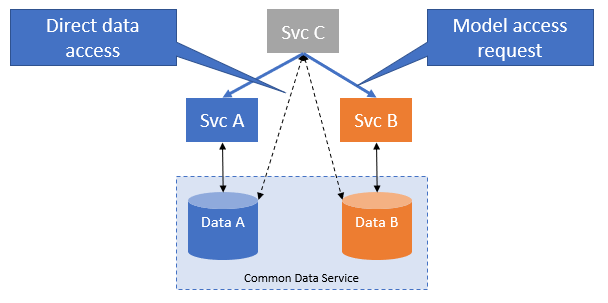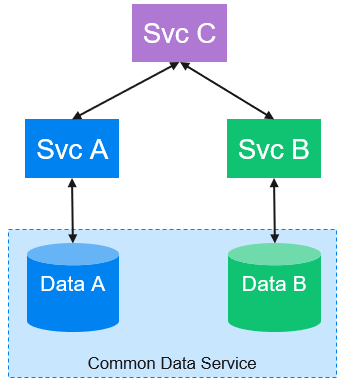...
| Drawio | ||||||||||||||||||
|---|---|---|---|---|---|---|---|---|---|---|---|---|---|---|---|---|---|---|
|
| Participant Name | Functional purpose | PoC handling |
|---|---|---|
| YANG Model parser | Converts YANG models into java objects | Required |
| YANG Data parser | Converts data compliant with a YANG model into java primitives, assists the CPS core | Required |
| Model store | Keeps a local cache of the structures and relationships (generated from the YANG models) required by the CPS | Required |
| SDC Model loader | Subscribes to DMaaP for CSAR publication. Parses and extracts the models from the CSAR and gives them to the mirror servicexNF Model Data Proxy | Not required |
| Topology sync | Does initial sync and maintains an up to date view of the active topology state. Informs the mirror service of any changes | Not requiredMirror service |
| xNF Model Data Proxy | Encapsulation of all model and data access that relates to xNF | Not required |
| Mirror xNF Proxy Data access | REST interface that provides access to xNF data | Not required |
| CPS Core | Provides validation of and access to data. Is agnostic to the DB technology and schema | Required |
| CPS Data access | Provides REST CRUD access to the data | Required |
| CPS notification | Provides a DMaaP notification in the event that (1) data is changed and (2) it has been tagged/marked for notifcation | Required for stretch |
| PostgreSQL plugin | Maps the java primitive representation of the YANG data objects to their DB technology (PostgreSQL) and schema specifics (SQL) | Required |
| PostgreSQL | Database Management System for current data | Required |
| Temporal [Stack] | Placeholder for logical components representing the temporal handling of data | Not required |
| Temporal DB | Database Management System for temporal data | Not required |
...
The pink software encapsulates the integration with other data stores. This is being taken by the temporal DB PoC. This PoC needs to provide a feed of change notifications for any joint demonstrations. Configuring the parts of the model that will emit change notifications is part of the stretch goal.
Data lake and access control
The CPS will make it possible to share data across components. This is beneficial where it is expensive to source data or access latency is a concern.
The ability to share data raises concerns w.r.t. uncontrolled coupling between components. This makes system maintenance difficult.
The CPS will provide a balance between these competing needs.
For more discussion, see: Common information model, Data lake and Access control
Solution
To be useful to an application, data must be accessible and possible to interpret.
Access is provided by the CPS. Access may be qualified as read only or write.
The ability to interpret data requires access to the model that defines the structure and constraints of the data.
Consider the following scenario.
Svc A and Svc B are considered to own their data, A and B respecively.
Data A and Data B are stored in a Common Data Service (e.g. DBMS). This is important, but not relevant to this discussion.
Data A and Data B may represent multiple instances of the same model – for example there may be multiple instances of the same xNF in the scope of the ONAP system, each would need to be in a separate tree, all compliant to the same model.
Svc C would like to access Data A and Data B, without going through the public interfaces exposed by Svc A and Svc B.
Svc C must petition Svc A and Svc B for access rights (this may be a design or run-time activity) to their data.
Once access has be provided by the owners (Svc A and Svc B) Svc C may use this permission to access data directly.
Svc C cannot completely interpret the data without access to the models. The model is the responsibility of the owning service, and is provided to Svc C together with the permission and any relevant instances of data trees.
This is also the case for the CPS. It cannot persist or validate data without access to the model. It is the responsibility of the data owner to provide the model to the CPS prior to data access.
The run-time aspect of the granting of permission has some potential to also address some race conditions.
The key benefits are: (1) Data lake use cases are enabled; (2) Coupling between components at the level of 'shared' data are explicitly declared/published.
PoC implemetaion
The PoC will start with a compatible subset of the above implementation. Nothing in the PoC implementation will preclude the development of the above solution.
All access to data will be via the owning service.
Model handling
Below a simplified view of model handling artifacts and their relationships.
...
Backward compatibility
See decision for more information. Compatibility will be provided by either a dedicated component, or ONAP applications depending on legacy interfaces will be updated. This will depend on resources.
...

